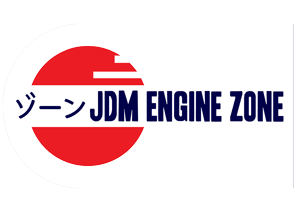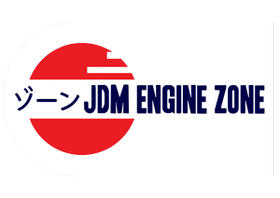Latest Developments in Engine Management Systems by Japanese manufacturers
Hybrid Technology:
One of the most popular developments in engine management systems is the emphasis on hybrid technology. This system combines a gasoline-powered internal combustion engine with an electric motor. The computer-controlled system switches between these two engines as needed thereby, achieving better fuel performance, better emissions, and excellent power delivery. The Hybrid technology was first introduced by Honda and Toyota in 1997 and is still being used in several of their models. Their Prius and Insight are some of the best examples of successful implementation of hybrid powertrain technology.
Direct Injection:
Direct injection is another popular development in engine management systems by Japanese manufacturers. Previously, gasoline was pumped into an engine where it mixed with air and then ignited by a spark. However, in direct injection, a pressurized fuel pump sprays fuel directly into the combustion chamber, creating a more efficient burn and significantly reducing fuel consumption. Toyota and Honda have both been working on optimizing direct injection technology in their engines for better efficiency and less pollution.
Variable Valve Timing:
Variable valve timing is a technology that allows automakers to optimize the timing of the engine valves, allowing for more efficient use of fuel and reduced emissions. This technology has been a mainstay for Japanese automakers such as Honda, Nissan, and Toyota for many years now, and its advancements continue to make an impact. Honda's IVTEC (Intelligent Variable Valve Timing and Lift Electronic Control) and Toyota's VVT-i (Variable Valve Timing with intelligence) systems are two examples of highly successful variable valve timing technology.
Start-stop Technology:
Another development that is increasingly becoming popular in engine management systems is the Start-stop technology. The engine management system automatically shuts off the engine when the car comes to a stop, and it starts up again when the driver releases the brake pedal. This automated system helps reduce fuel consumption by preventing idling. Toyota has been experimenting with this technology in its Prius hybrid models for some time now.
Heated Ultrasonic Fuel Injectors:
Heated Ultrasonic Fuel Injectors (HUFIs), a technology that originated in Japan, has revolutionized the way fuel injectors operate. HUFIs heat the fuel up to 200 degrees Celsius before it is released into the engine, creating a finer and more consistent injection, which directly leads to better combustion and fuel economy. In addition, HUFIs help ensure that there is no buildup of carbon deposits that can lead to engine clogging or damage. Japanese automakers such as Toyota and Nissan have already deployed HUFIs in some of their vehicle models.
Over the years, Japanese manufacturers have been at the forefront of engine management system development, with their engineers leading the way in designing technology that has helped cars become highly optimized machines. From Hybrid Technology to Heated Ultrasonic Fuel Injectors, the developments in engine management systems have made vehicles more efficient and eco-friendly, thereby reducing their impact on the environment. With the continuous developments in technology, we can expect the next level of engine management systems from the Japanese manufacturers to be more efficient and performance-driven.




